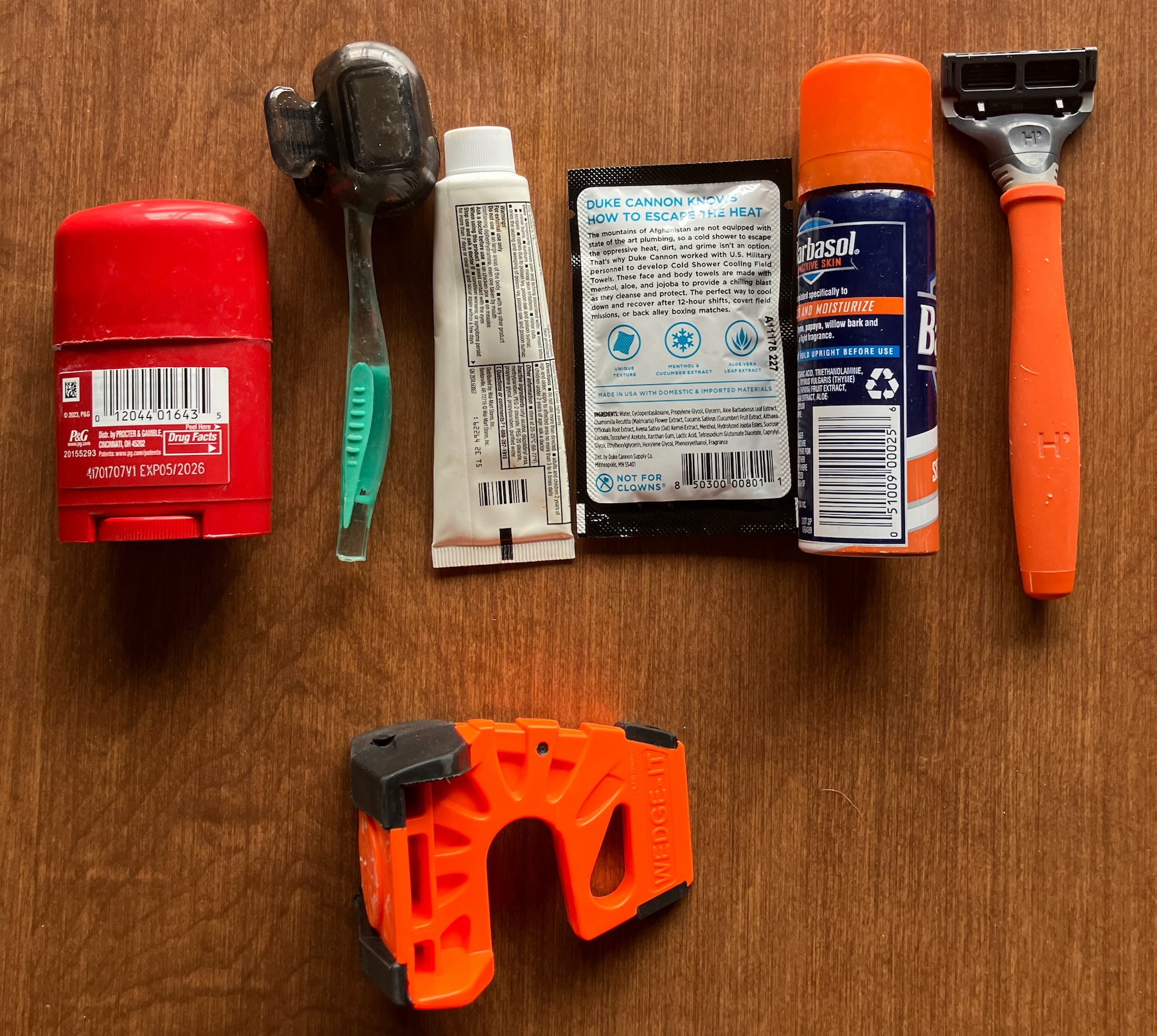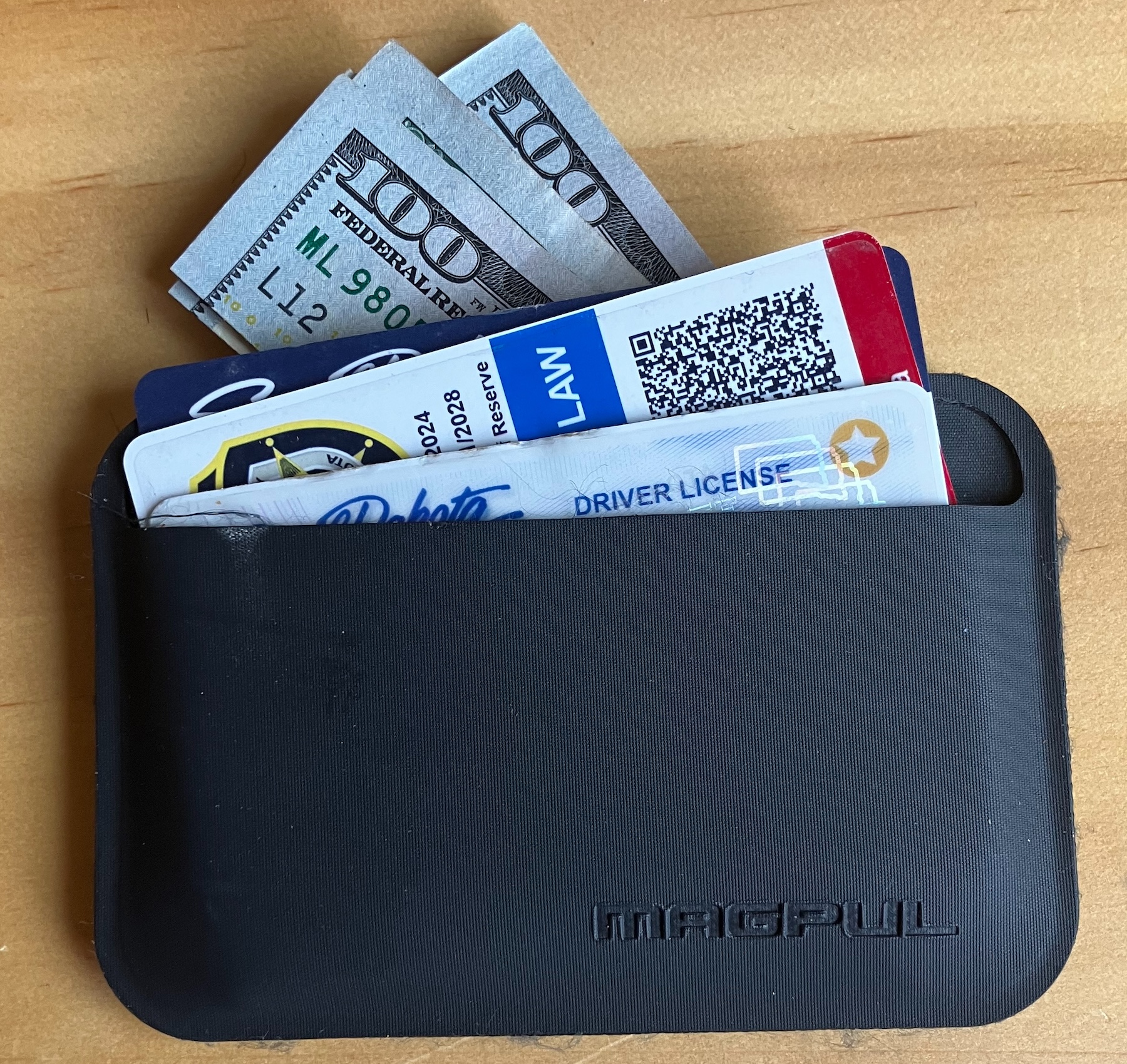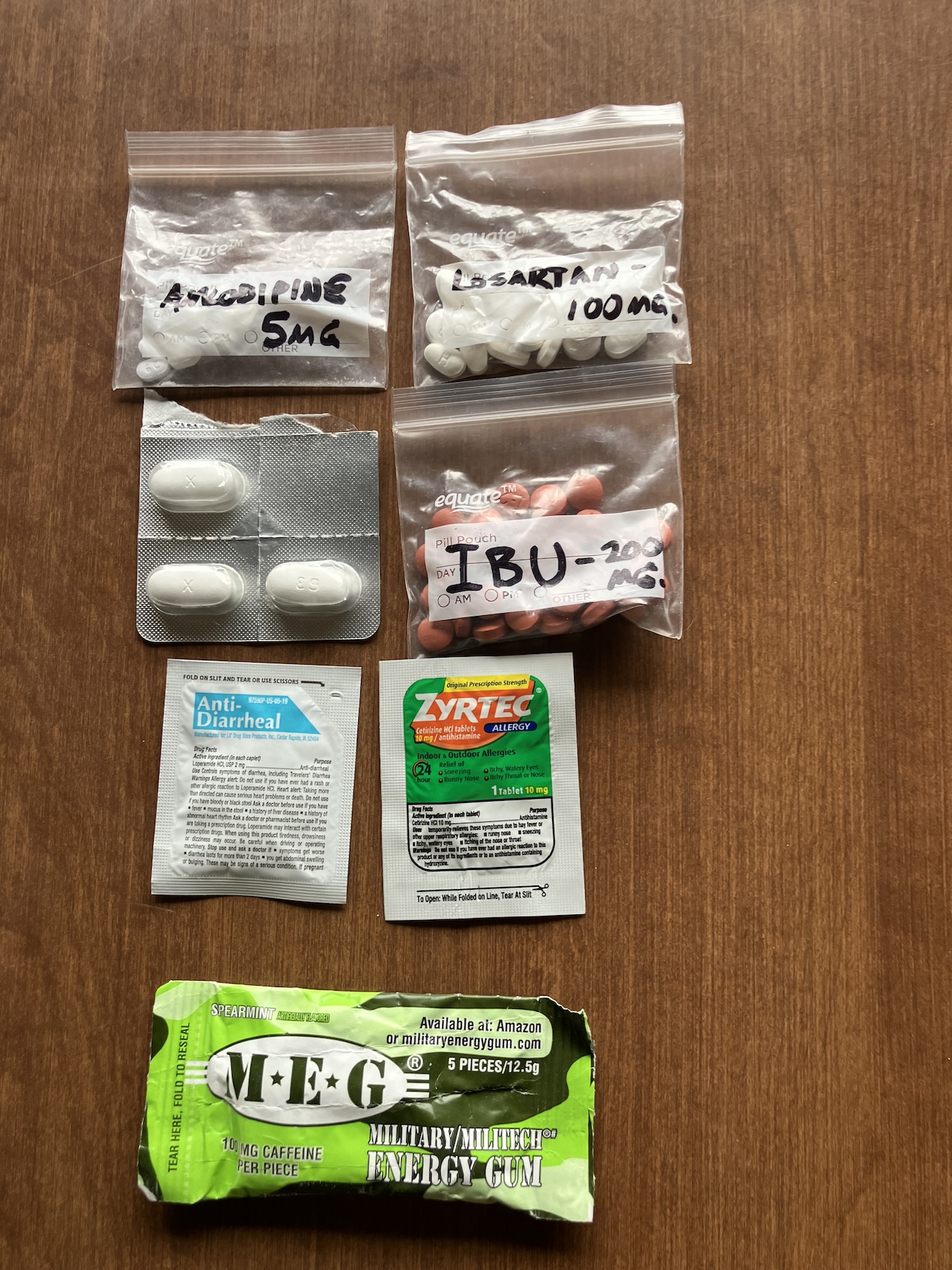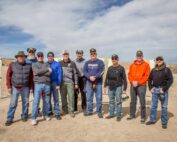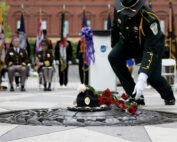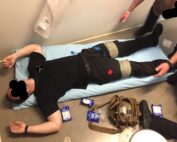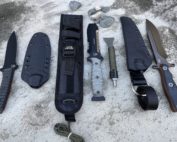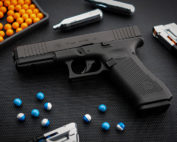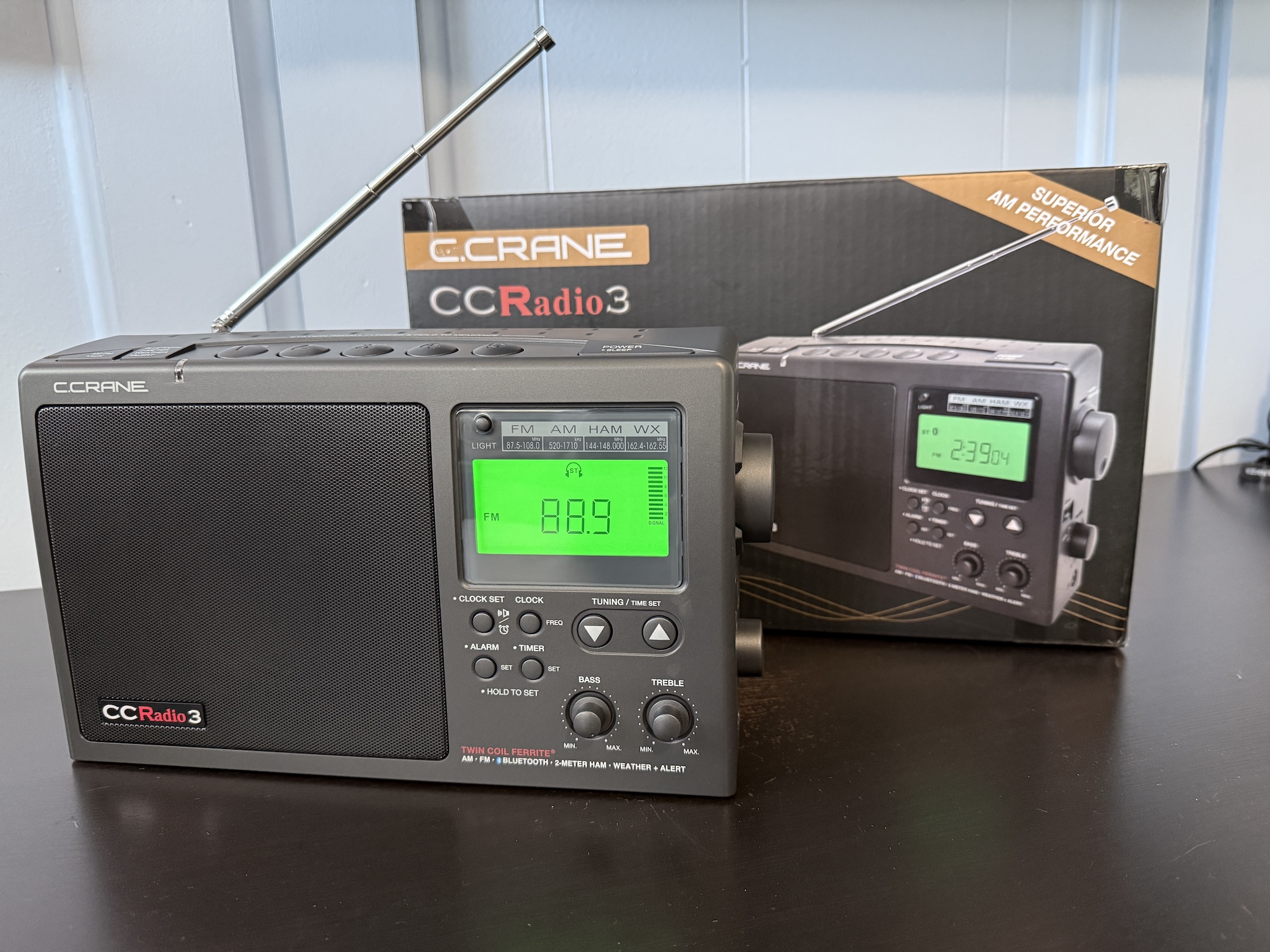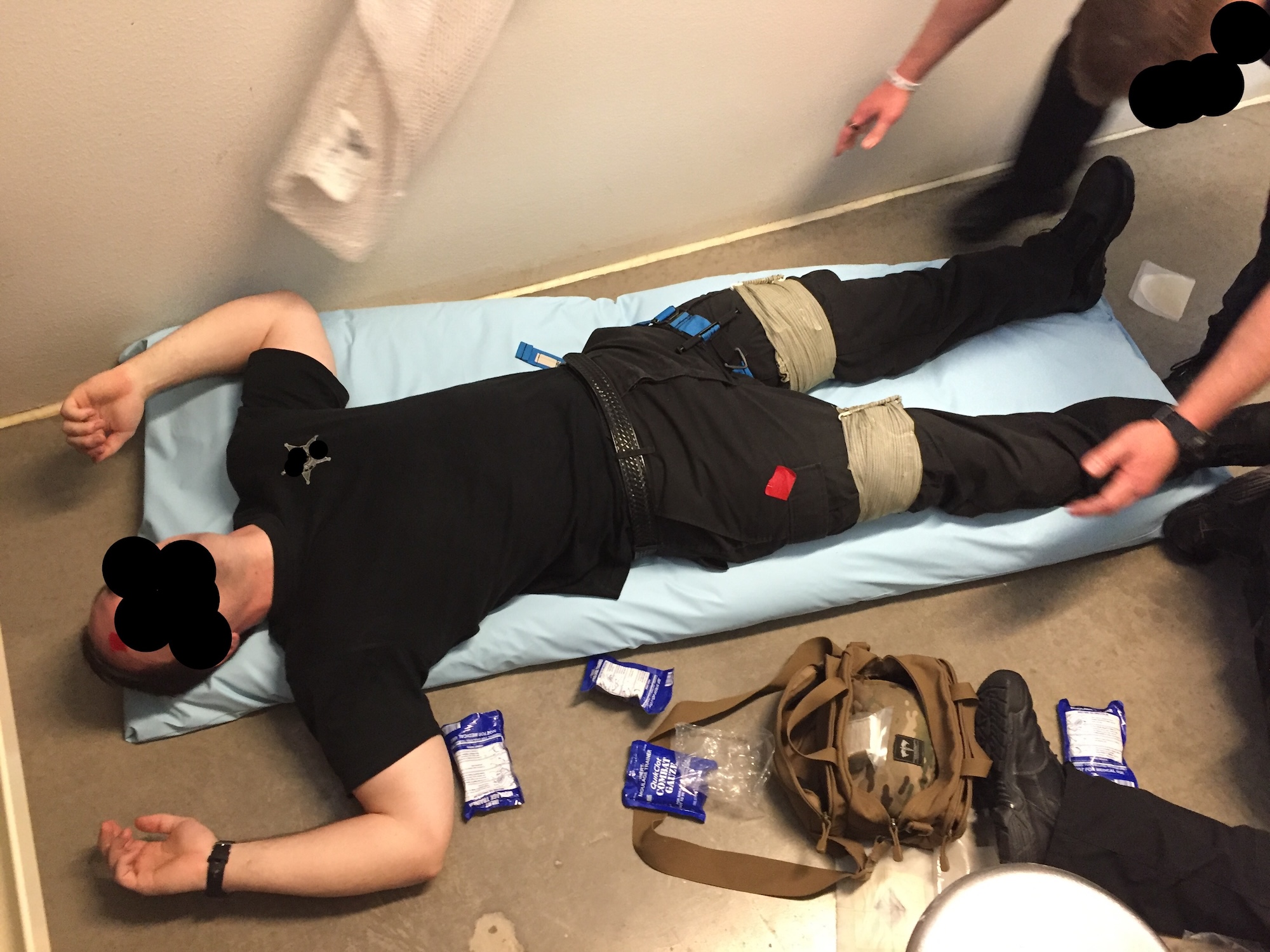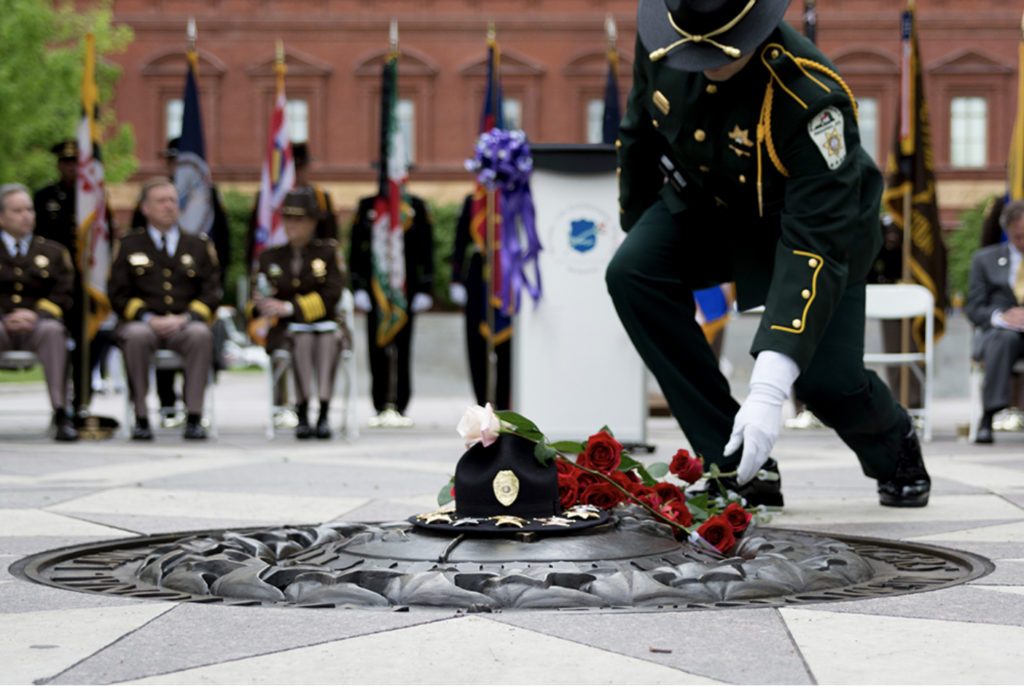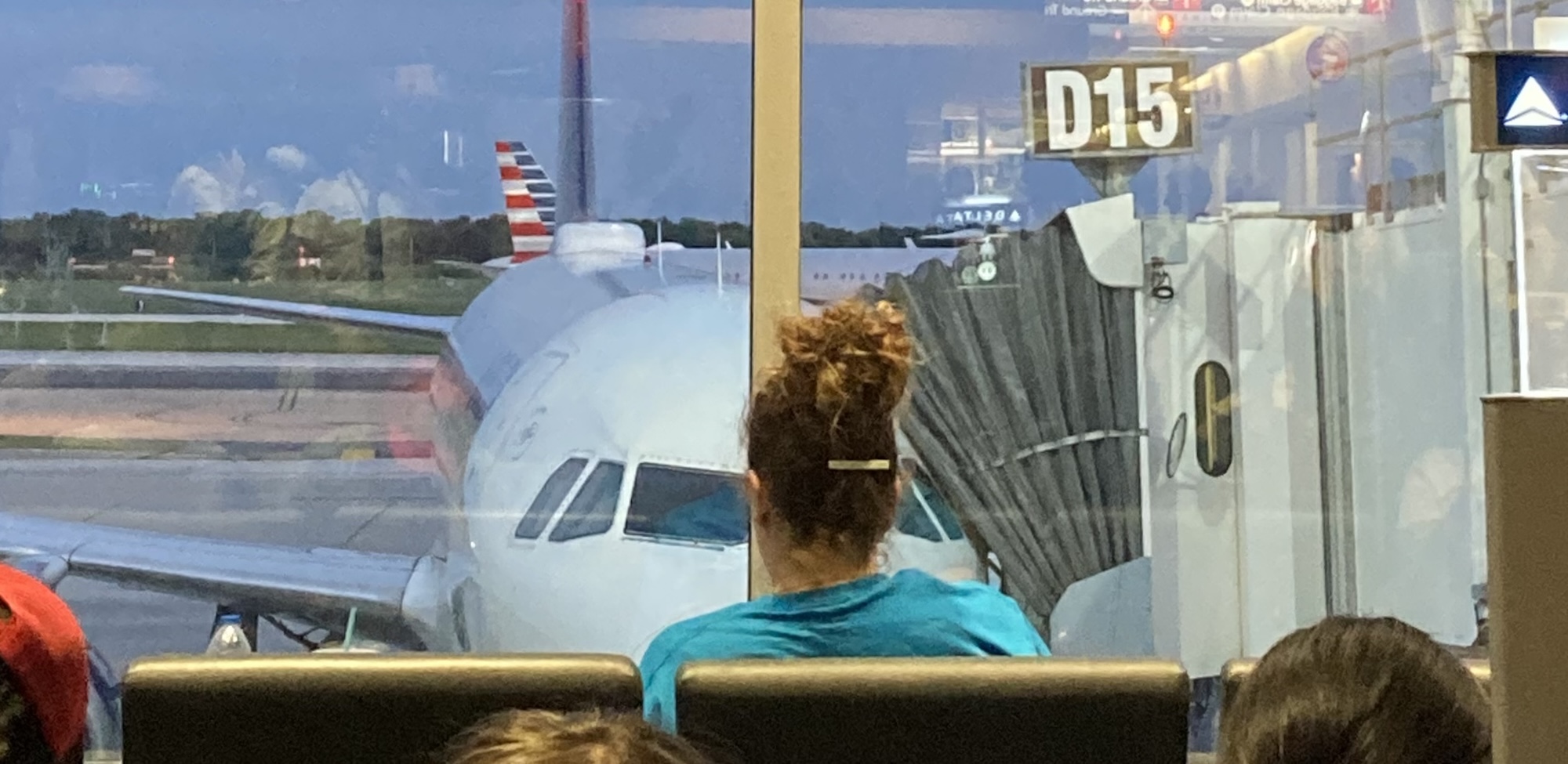
feature_3638
There is a scene in the classic screwball comedy Airplane!, where a flight attendant attempts to calm a planeload of jittery passengers over an in-flight public address system by assuring them that everything was fine and then finishing with: “…By the way, is there anyone on board who knows how to fly a plane?” The next scene shows panic and chaos breaking loose in the passenger cabin.
Recently, my family and I found ourselves at Philadelphia International Airport, standing in line outside a gate which, we had been told, led to a plane ready to fly us home. An airline employee stepped up to the gate desk, hesitantly picked up the microphone, and, in heavily accented English, told us that it would leave “…just as soon as we find a pilot to fly the plane.” There was no movie-style panic and chaos, but they didn’t find us a pilot that night, either.
The media called it a “glitch” or a “failed upgrade.” It was nothing short of a nightmare for thousands of stranded travelers, my family and me among them, as three major airlines declared a “ground stop” and struggled to regain control over their networks of computers and people.
I started to get “that old sinking feeling” as it quickly became apparent things had gone totally off the rails, and we might have to rely on our own skills and resources to travel the 1,600-plus miles back to our home. Thankfully, we were able to fly 72 hours later. However, this time provided some valuable “lessons learned” about what worked to sustain us.
Preparedness, often associated with food storage, water availability, and gun/ammo storage, takes on a new meaning when you’re thousands of miles away from home. It’s not about the stuff in your fortified bunker or the elaborate bug-out pack in your bro-dozer pickup truck. It’s about a few gear items, a resilient mindset, and flexibility. Your skills learned in the law enforcement profession will also come in handy.
Lesson One: Expect the Unexpected and Gather Intelligence
As a cop, you learn to deal with problems on the fly and to separate truth from lies. Lots of people at the airport seemed to have no plan to cope with what was going on and basically sat down, hoping that the airline would solve their problems for them. We took a different approach, inventorying our resources and brainstorming alternatives. If the situation had not improved, driving a rented car or even a U-Haul truck home was an option. We also gathered intelligence throughout the day from various third-party phone applications, such as flightaware.com and adsbexchange.com, which allowed us to sort truth and lies out of the stream of conflicting information coming from the airline, airport, and media.
Lesson Two: Carry Cash
We’ve all gotten used to paying for everything through electronic means, be it debit or credit cards, phone apps, or automatic transfers. When the “blue screen of death” strikes those electronic gadgets, it pays to have cash to rent motel rooms, buy food, hire surface transportation, or “grease the skids” with helpful folks you might encounter. Carrying immediate-use cash in your pockets or wallet should be backed up with some hidden reserves, in case of theft or loss.
Lesson Three: Carry Chargers and Cables

Charging cables and plug-in adapters for those cables are a must! A charged phone can help you book another flight or hotel room.
Believe it or not, some people stranded at the airport did not have chargers and cables for all their electronic devices. This is crucial to many tasks you may have to perform. Make sure you have common AC plugs and USB adaptors, as more modern USB-C’s were not available.
Lesson Four: Dress The Part
We wore practical, comfortable clothing with pockets to carry things in and well-broken-in shoes, which were life-savers while hoofing it miles back and forth through terminals and standing in chaotic two-hour-long lines to handle check-ins. Other travelers did not seem to have thought of this, wearing impractical clothes that did none of these things.
I’m not suggesting that you dress like one of the models in your favorite tactical clothing catalog. Still, a decent cotton shirt, a pair of sturdy jeans, and some thick socks inside low-quarter hiking shoes or sneakers would serve you much better than some of the circus-clown outfits observed on this trip.
Lesson Five: Keep Stuff Handy to Keep You Going
When planning a trip, carry an extra week of TSA-compliant-sized hygiene supplies and medications with you. This also includes non-prescription items like cold medications, anti-diarrhea pills, and allergy tablets. If you’re a current or former night-shift person who cannot cope without coffee or energy drinks, bring a packet of military-style caffeine gum. This saved my morale one morning when there was no coffee available at the fleabag motel we landed in. Keep these things in a carry-on bag, along with a pair of fresh underwear and socks. One member of my travel party packed all this in a checked bag and couldn’t access it when we stayed at the aforementioned fleabag motel, leading to some curious improvising.
On this trip, I was also able to carry a decent one-cell “tactical” flashlight and a small medical kit, including a tourniquet, through four security checkpoints without any hassles. A good future addition would be a door wedge for securing skanky motel room doors.
Lesson Six: Be Nice, Already.
As a cop, you learn that both communication and people skills are critical. We saw travelers venting their frustrations on the airline and airport staff. This approach got them nowhere. We chose a different path, going out of our way to smile, be courteous, and thank the staff for their help. This not only felt like the right thing to do but also gained us some consideration, such as better bookings and even fee waivers.
FINAL THOUGHT
These were the things that worked for me, but in the end, just like Ted Stryker in Airplane!, “You’ll have to decide!”
(Editor’s note: the title is an homage to the movie Super Troopers and the uniformed officer’s lunch order)


 (+5 rating, 7 votes)
(+5 rating, 7 votes)